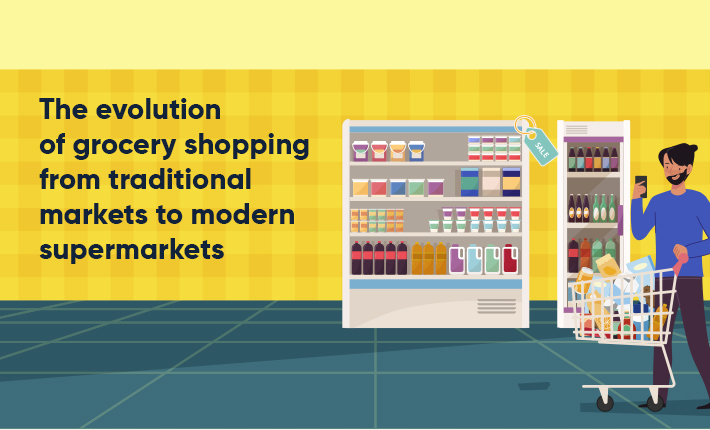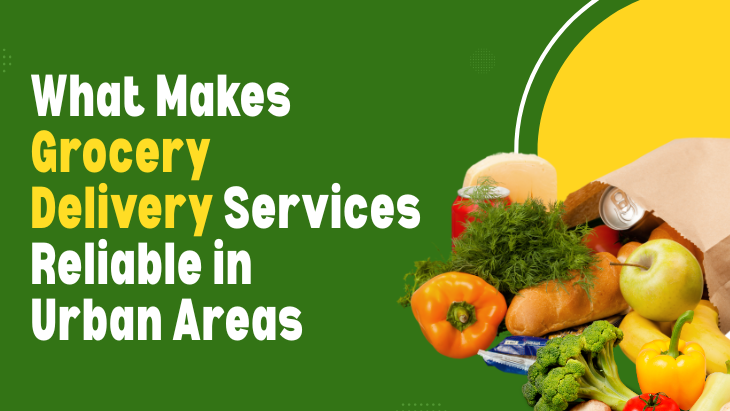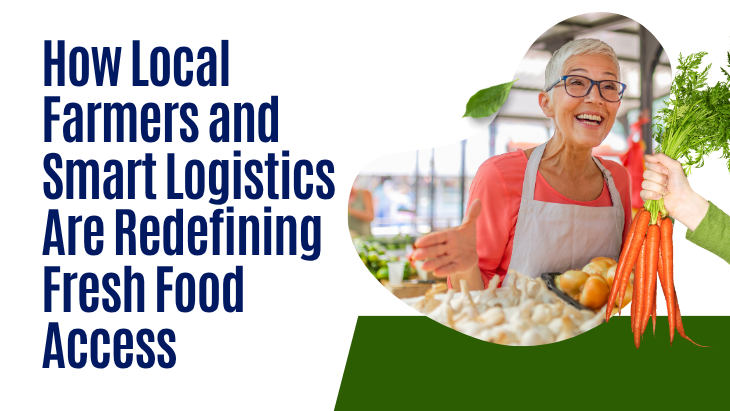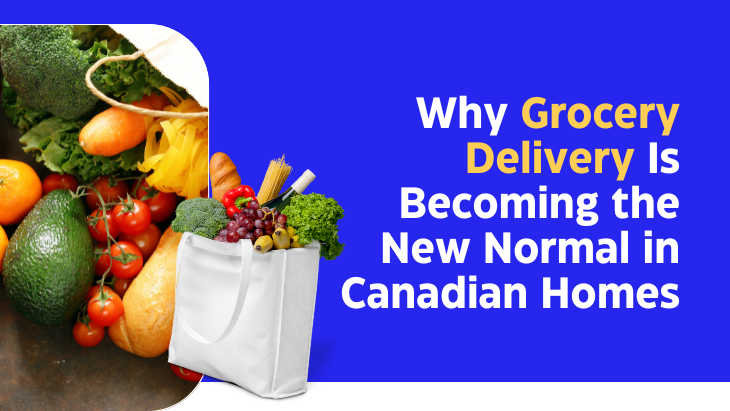Grocery shopping is an essential part of daily life, providing the necessary sustenance for individuals and families. Grocery shopping is not only important for meeting basic needs but also for maintaining a healthy lifestyle. The availability of fresh produce and nutritious foods is crucial for maintaining good health. Additionally, grocery shopping also plays a significant role in the economy, providing employment opportunities for millions of people worldwide.
Transition from traditional markets to modern supermarkets
The transition from traditional markets to modern supermarkets began in the mid-20th century, with the introduction of self-service stores in the United States. Supermarkets offer a wide variety of products, including branded and private-label products, and are designed to cater to the needs of consumers, making shopping more convenient and accessible. This transition was driven by evolving consumer preferences for convenience, quality, and variety, and it has had a significant impact on the grocery shopping industry.
Traditional markets
Traditional markets are local markets that have been a part of the local economy for centuries. These markets are typically outdoor or indoor markets where vendors sell a variety of fresh produce, meat, seafood, and other household products. Traditional markets are an essential part of the local culture, and they provide a unique shopping experience. These markets are often crowded, noisy, and vibrant, with vendors calling out their products and bargaining with customers.
Advantages:
- Fresh and authentic products: Traditional markets offer fresh and authentic products that are locally sourced and often organic.
- Affordable prices: Traditional retail store offer products at affordable prices, making it accessible to a wide range of customers.
- Unique shopping experience: Shopping at traditional markets provides a unique experience, allowing customers to interact with vendors and learn about the products they sell.
- Support local economy: Traditional markets support the local economy by providing employment opportunities for local artisans, farmers, and traders.
Disadvantages:
- Limited product variety: Traditional markets often have limited product variety compared to modern supermarkets.
- Lack of hygiene: Traditional markets can be unhygienic, with vendors often not adhering to food safety standards.
- Limited hours of operation: Traditional markets have limited hours of operation, making it inconvenient for customers who work during the day.
- Crowded and noisy: Traditional markets can be crowded and noisy, making it challenging to shop with children or elderly people.
Modern supermarkets
Modern supermarkets are large self-service stores that offer a wide variety of products, including branded and private-label products. These stores are designed to cater to the needs of customers, making shopping more convenient and accessible. Modern supermarkets are typically air-conditioned, brightly lit, and have wide aisles, making it easy for customers to navigate and find products. These supermarkets often have a range of services such as bakeries, pharmacies, and cafes.
Advantages:
- Wide product variety: Modern supermarkets offer a wide range of products, including fresh produce, meat, dairy, and packaged goods.
- Convenience: Modern supermarkets are open for long hours, making it convenient for customers to shop at any time.
- Hygiene: Modern supermarkets adhere to strict hygiene standards, ensuring that the products sold are safe for consumption.
- Loyalty programs: Modern supermarkets offer loyalty programs, providing discounts and rewards to regular customers.
Disadvantages:
- High prices: Modern supermarkets often charge higher prices than traditional markets for the same products.
- Limited freshness: Some products sold in modern supermarkets are not as fresh as those sold in traditional markets.
- Environmental concerns: Modern supermarkets generate a significant amount of waste, including plastic packaging and food waste.
The evolution of grocery shopping
Factors that led to the development of modern supermarkets:
1. Industrialization: The rise of industrialization led to increased production of packaged goods, making it easier to sell them in large stores.
2. Changing consumer preferences: Consumers wanted convenience, variety, and quality, which traditional markets could not provide.
3. Advances in technology: Technology made it possible to store and transport goods over long distances, making it easier to provide a wide range of products in supermarkets.
4. Urbanization: Urbanization led to the growth of cities, creating a demand for large stores that could serve the needs of the growing population.
Impact on consumers and retailers:
1. Convenience: Modern supermarkets provide a convenient and one-stop-shop experience for consumers.
2. Increased product variety: Supermarkets offer a wide range of products, including fresh produce, packaged goods, and household items.
3. Lower prices: Supermarkets can offer lower prices due to economies of scale and increased competition.
4. Employment opportunities: Supermarkets provide employment opportunities for millions of people worldwide.
5. Increased competition: Supermarkets have led to increased competition, forcing traditional markets to adapt and evolve to meet changing consumer needs.
Future of grocery shopping:
1. Online shopping: The growth of online shopping has led to the development of online grocery stores, making it easier for consumers to shop from the comfort of their home.
2. Sustainability: Consumers are increasingly concerned about the environmental impact of online shopping, leading to the development of sustainable practices such as reducing plastic packaging and food waste.
3. Personalization: Advances in technology will enable supermarkets to provide personalized shopping experiences for individual consumers, based on their preferences and shopping history.
4. Health and wellness: Consumers are becoming more health-conscious, leading to increased demand for fresh and organic products.
5. Automation: The use of automation, such as self-checkout and robots, will increase in supermarkets, making shopping more efficient and reducing labor costs.
Challenges faced by grocery shopping industry
Competition from online retailers:
The growth of online shopping has led to increased competition for traditional supermarkets. Online retailers, such as Amazon and Alibaba, offer the convenience of doorstep delivery services and a wider range of products, making it challenging for supermarkets to compete. Many consumers prefer the convenience of online shopping, and this trend is expected to continue in the future.
Changes in consumer behavior and preferences:
Consumer behavior and preferences are constantly changing, and supermarkets need to adapt to meet these changes. Consumers are becoming more health-conscious and are demanding fresh and organic products. They are also looking for convenience and value, leading to the growth of discount stores such as Aldi and Lidl. Supermarkets need to keep up with these changes to remain competitive.
Sustainability and environmental concerns:
Supermarkets generate a significant amount of waste, including plastic packaging and food waste. Consumers are becoming increasingly concerned about the environmental impact of grocery shopping, and supermarkets need to address these concerns. Many supermarkets are implementing sustainable practices such as reducing plastic packaging, donating unsold food to charity, and using renewable energy sources.
Labor costs and wages:
Supermarkets are facing increasing labor costs, including wages, benefits, and training. The low margins in the grocery industry make it challenging for supermarkets to absorb these costs, leading to pressure to reduce wages and benefits. This can lead to tension with employees and negative publicity for the supermarket.
Supply chain disruptions:
The global supply chain's vulnerability has been brought to the forefront by the COVID-19 pandemic. Supermarkets face the challenge of ensuring a steady supply of products, especially during times of crisis. The pandemic has also led to changes in consumer behavior, such as panic buying, creating a challenge for supermarkets to maintain adequate inventory levels.
Integration of technology:
The integration of technology in supermarkets, such as self-checkout and robots, can lead to increased efficiency and reduced labor costs. However, it can also lead to job losses, which can be a challenge for the supermarket industry.
Compliance with regulations:
Supermarkets are subject to various regulations, such as food safety, labeling, and labor laws. Compliance with these regulations can be challenging, especially for smaller supermarkets that may not have the resources to implement and monitor these regulations.
Competition from alternative retailers:
Supermarkets are facing competition from alternative retailers, such as farmers' markets, meal kit delivery services, and specialty stores. These retailers offer unique products and experiences, making it challenging for supermarkets to compete.
Over all, the grocery shopping industry faces several challenges, including competition from online retailers, changes in consumer behavior, sustainability and environmental concerns, labor costs and wages, supply chain disruptions, integration of technology, compliance with regulations, and competition from alternative retailers. Supermarkets need to adapt to these challenges to remain competitive and meet the changing needs of consumers.
Conclusion
In conclusion, grocery shopping is an essential part of daily life that provides the necessary sustenance for individuals and families. The transition from traditional markets to modern supermarkets was driven by evolving consumer preferences for convenience, quality, and variety. Supermarkets offer a wide variety of products, including branded and private-label products, and are designed to cater to the needs of consumers, making shopping more convenient and accessible. However, the grocery shopping industry faces several challenges, including competition from online retailers, changes in consumer behavior and preferences, sustainability and environmental concerns, labor costs and wages, supply chain disruptions, integration of technology, compliance with regulations, and competition from alternative retailers.
In the future, grocery shopping is likely to continue to evolve in response to changes in consumer behavior and preferences, technological advances, and environmental concerns. Online shopping is expected to continue to grow, with an increasing focus on sustainability and health and wellness. Personalization and automation are likely to become more common, leading to greater efficiency and convenience. The grocery shopping industry will need to adapt to these changes to remain competitive and meet the changing needs of consumers.
Overall, while the grocery shopping industry faces significant challenges, it is also an industry with great potential for growth and innovation. The future of grocery shopping is likely to be shaped by a combination of consumer preferences, technological advances, and environmental concerns, leading to a more sustainable, efficient, and customer-focused industry.







Post Comments